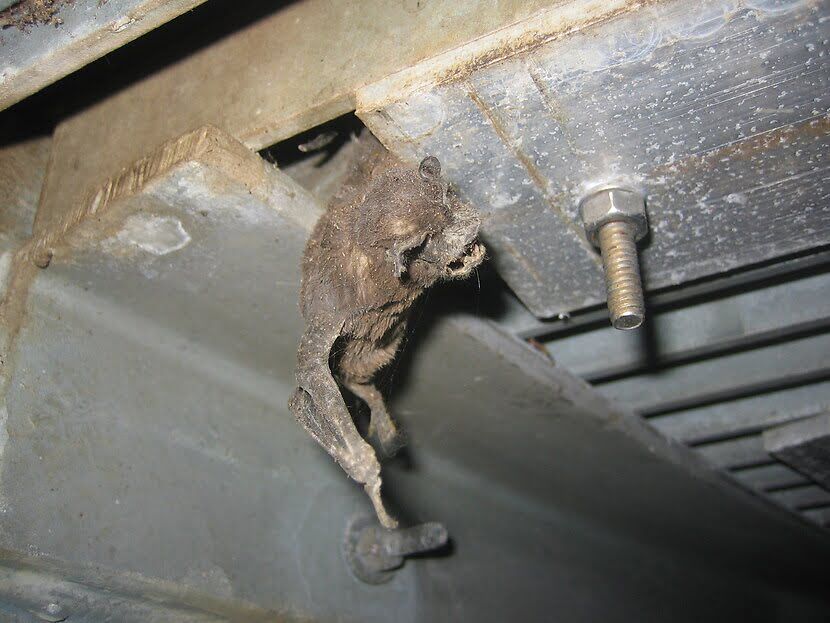
When it comes to dealing with a bat infestation within a property, there are many different options that people can use, and there are also a number of different traps on the market. Many of the traps that have been tried as a potential way of dealing with bats will have been originally designed for other animals and adapted to try and fill the gap in the market, as there are very few effective bat traps. Here is a look at some of the different types of traps available.
Cage Trap
This is one of the most common contraptions that will come up when people are talking about bat traps, and will usually be a trap similar to those used to catch other animals adapted to catch bats. When compared with other traps, the cage traps used to catch bats will have to have very narrow gaps in the mesh because of their ability to squeeze through even the smallest of gaps. They will also often require a form of wire mesh tube which will be used to cover the hole from which the bats are emerging.
There are a number of problems with using this kind of trap, and while cage traps are fine for catching rodents, they really don't work as humane bat traps. One of the first problems is that bat colonies that have been established will often have hundreds of bats living in the same location, and catching all of those bats in a cage is simply impractical. Although people using these traps may do so because they think it is a humane option, the cage itself doesn't register well in the bat's echolocation system, meaning that the bats will often fly into the sides of the cage, harming or even killing themselves.
Glue Traps
Another, less common type of trap that has sometimes been used to try and deal with a bat problem is glue traps, similar to those that are used to catch mice and other small rodents. These are laid on the floor of the roost, and if the bats do land on the trap then they will be fixed and won't be able to move. Not only are these types of traps very inhumane, they are also a very inefficient way to deal with a colony of bats. Bats are animals that live in colonies of many animals, and each glue trap will only be able to catch one or two animals each.
The Problem With Trapping Bats
The reality is that there are no really successful methods of trapping bats that actually help to deal with the solution. Bats will usually have a number of different entry points into their roost, and if this is a domestic property then a trap over one entry point will not be able to catch all of the bats. The sheer number of bats in the average colony will also make trapping a very difficult task.
Another issue when it comes to trapping bats is that there isn't any real bait that can be used to attract the animals into a trap. Bats consume flying insects, and this makes it almost impossible to bait a trap to catch bats.
The Real Solution To A Bat Infestation
When it comes to dealing with a bat problem, traps really aren't the way forward. The best way to deal with a colony of bats that have to be removed is to get a professional to carry out a three-step eviction of the bats.
The first step is to actually get all of the bats out of the roost, and this will require an examination of the property, and the installation of one-way valves which will allow the bats to leave the property, but won't allow the bats to get back in. Once a number of these valves are installed, the remainder of the bat entry points will have to be sealed. Once this is in place, then it is a case of monitoring the situation. After three to four days all of the bats should have left the property.
The second step is to decontaminate the area. The bat droppings will need to be vacuumed or carried out of the area, and the roost will have to be sprayed with an anti-fungal and anti bacterial solution. Once this is done, the third step is to seal all of the holes so that the bats will not be able to get back in again.
Go back to the pestcontrolbat.com home page.
Copyright 2021 - pestcontrolbat.com
Nationwide Bat Control